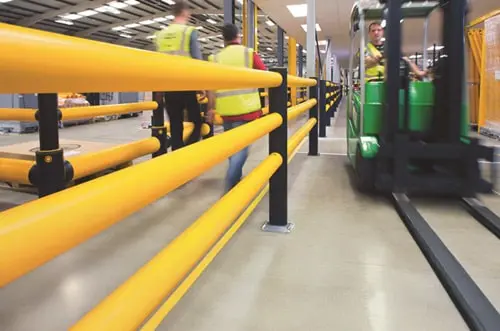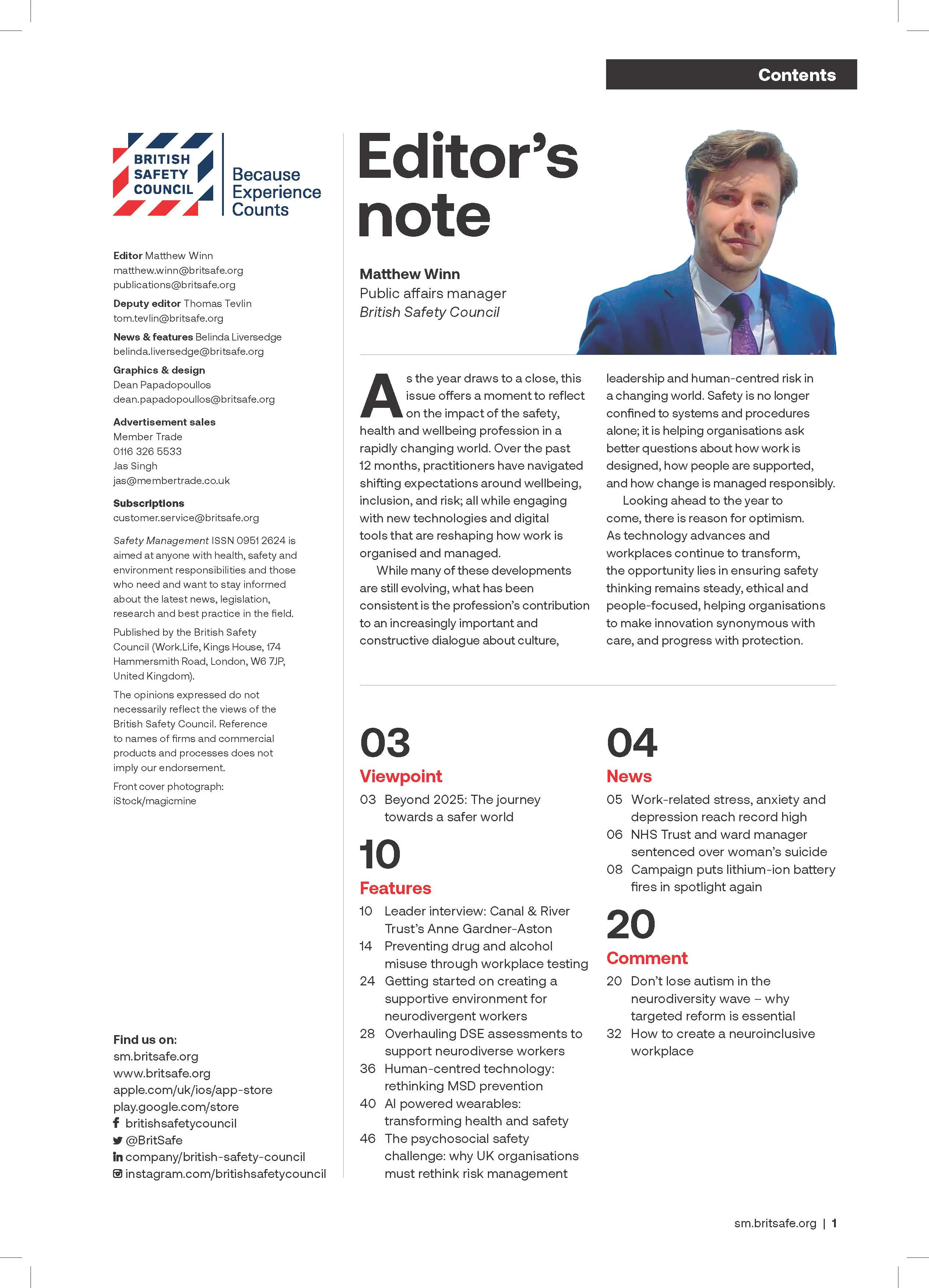There is a tremendous wealth of evidence supporting the importance of wellbeing in the workplace, and with Covid-19 continually reshaping how we work and where we work – with significant impact on employee wellbeing – we are seeing accelerated trends in workplace wellbeing.
Features
Why good data is crucial for an effective wellbeing programme
What was previously seen by some human resources and health and safety practitioners as a challenge to get board buy-in, has rapidly moved up the corporate agenda, with many senior leaders placing the health and wellbeing of their workforce at the top of their priorities.
We are also seeing a growing desire to ensure that wellbeing interventions are relevant to the organisation – which means they are informed by credible and robust data. As former chief medical officer Sally Davies cautioned against back in 2013, “well-being interventions shouldn’t be carried out without understanding the issues they seek to alleviate”.
 Data is vital to help us understand what we are trying to address in our wellbeing programmes. Photograph: iStock
Data is vital to help us understand what we are trying to address in our wellbeing programmes. Photograph: iStock
After all, leaders don’t make business decisions based on uninformed data. We know that our people are instrumental to the success of any business, so why should the decisions we make around employee wellbeing be based on anything other than informed data?
Data is also vital to help us understand what we are trying to address in our wellbeing programmes. Is this about improving work organisation and job design? Is it about promoting healthy behaviours – if so, what are we addressing? Is it about improving the identification and management of work stress? Optimising attendance management, rehabilitation and return to work? Or some or all of the above?
Data can inform the right intervention and support infrastructure for a business. And when we think about the support infrastructure, we need to include our employees, managers and our leaders because everyone – not just the helplines, the wellbeing interventions or the health-related insurance schemes – play an equally important role in a workplace wellbeing support infrastructure.
Only once an organisation has the right, robust data informing their wellbeing programme design – and has optimised the measures behind what drives that data – can it effectively monitor, review and refine its ongoing programme and align employee wellbeing to the bottom line.
If we look at each of the evidence-based approaches to addressing wellbeing and mental health at work, they can be broadly summarised into something like this – and ultimately should be driven by your data.
Getting your data right starts by having a robust approach to assessment. This means both at an organisational level: (what policies, procedures and practices are currently in place? How consistently are they applied/ adhered to? How informed and relevant are they to your business? What data is currently captured and how robust is that data?); and robustness of the measures behind what drives your data.
For example, if your absence policies and procedures are not consistently applied, this should be factored in the weighting given to the credibility of the data in informing your overall approach (of course, in this situation, optimising your attendance management should be one of your wellbeing programme design priorities!).
Secondly, from an employee perspective. How ‘well’ are your employees? How informed and robust is the data supporting this? Are you looking at single or multiple sources of data? How frequently are you looking at the data? Who is analysing the data?
Let’s also remember the legal duty of care – employee mental health and wellbeing is covered in various legislation, which if a business fails to comply with, they could face risk of a tribunal (such as disability discrimination claims, health and safety issues such as stress claims, or personal injury claims – for example, for psychological injury).
 "Wellbeing interventions shouldn’t be carried out without understanding the issues they seek to alleviate."
"Wellbeing interventions shouldn’t be carried out without understanding the issues they seek to alleviate."
Under the 1999 Management of Health and Safety at Work Regulations, employers have a duty to assess the risk of stress-related ill health arising from work activities – and under the 1974 Health and Safety at Work Act, to take measures to control that risk.
There are various ways of capturing this information – from individual one-to-one stress risk assessments, to site/ project risk assessments (can you design out work-stressors from the outset?), to group-wide employee surveys.
If you are already using employee surveys, think about how holistic and comprehensive they are. Do they identify and measure the impact of the key drivers of workplace wellbeing?
Are they sufficiently meeting the requirements of the aforementioned regulations? Are they designed to enable ease of benchmarking against existing survey question sets? Do you have methods in place to enable you to explore themes and outputs of surveys with employees and drill down into particular areas – for example, focus groups or employee representative groups?
The more information we have – but importantly, the more holistic a picture we have looking at multiple data sets – the more informed and relevant workplace wellbeing programmes become.
Stephen Haynes is head of programme at Mates in Mind
For more information see: www.matesinmind.org / www.beingwelltogether.org
FEATURES

Underpinning safety training with neuroscience for long lasting impact
By SSE Active Training Team (ATT) on 30 November 2025
A behavioural safety training programme developed by Active Training Team for energy provider SSE has been carefully designed with neuroscientific principles in mind – resulting in a prestigious industry award for Best Training Initiative in 2024.

Why a painted line will never be enough
By UK Material Handling Association (UKMHA) on 20 November 2025
Businesses that operate material handling equipment like forklifts are being urged to submit accident and near miss details to a new confidential reporting portal so the industry can identify what needs to be done to improve safety standards.

Why workplace transport training is changing in 2026 and what it means for employers
By AITT on 26 November 2025
New workplace transport training categories due in January mean it is essential to ensure operators of material handling equipment have the necessary training for the exact type of machine they use, and accredited training providers are an ideal source of advice and conversion training.



